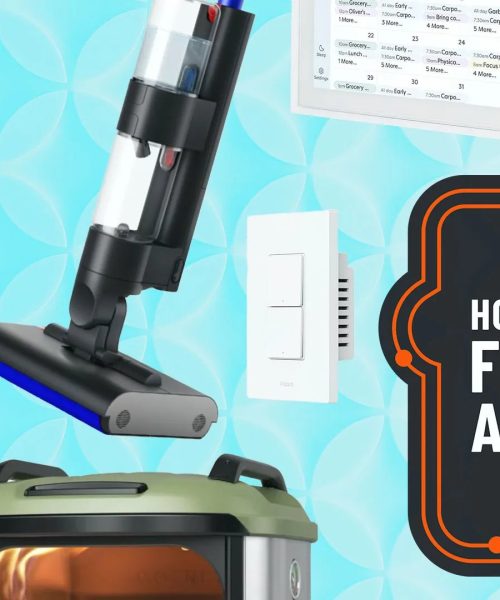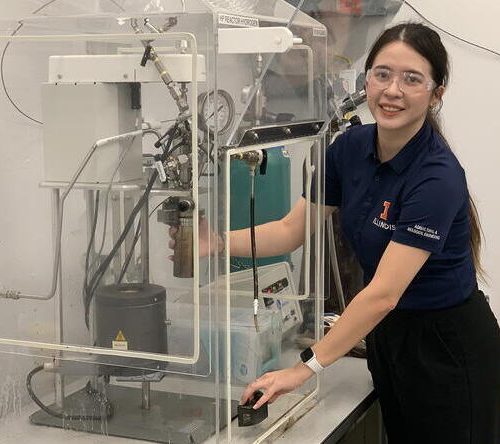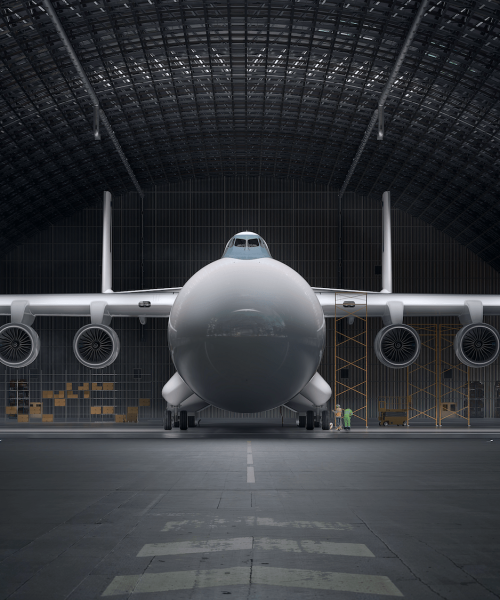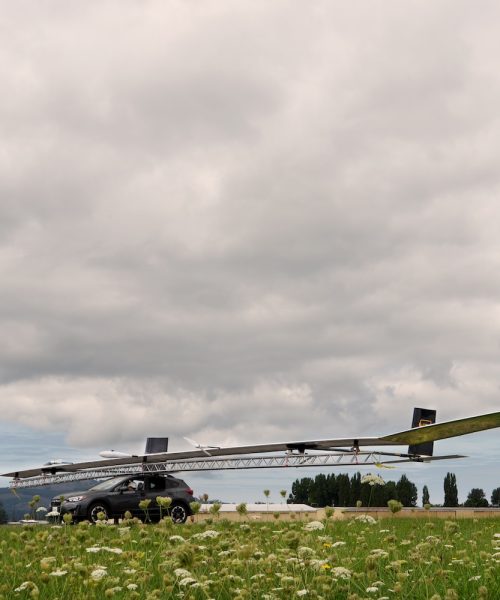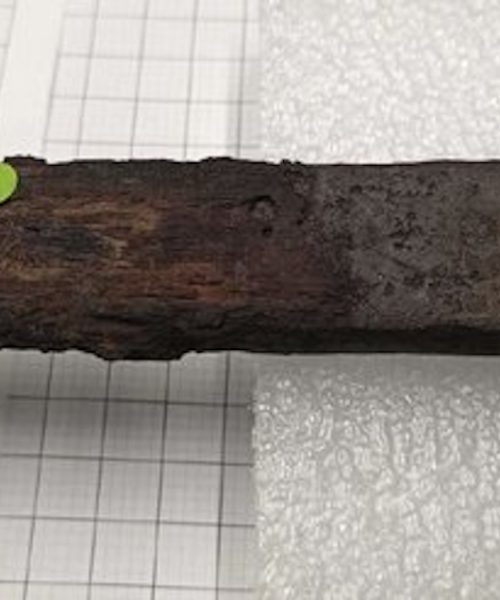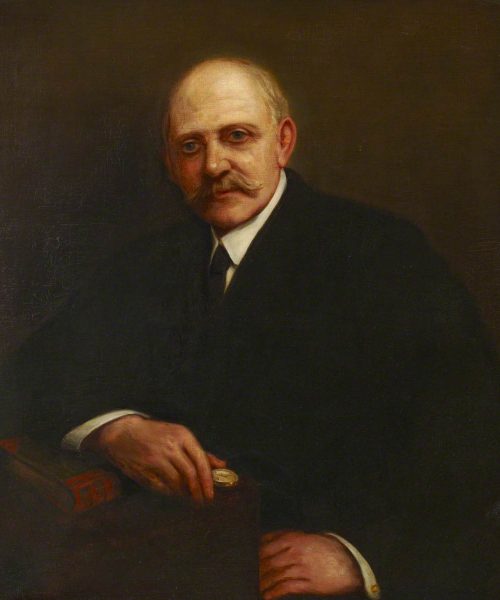In the 1999 animated film, Toy Story 2, Buzz Lightyear and his fellow sentient playthings enter an airport’s ‘back-of-the-house’ to rescue Sheriff Woody Pride from a suitcase. Together the toys encounter a world of diverging conveyor belts, inclines and declines, and seemingly endless turns, all designed to carry checked baggage from an airline ticket counter or curbside kiosk to its intended flights.
According to Michael Rangole, maintenance manager for Vanderlande Industries—the company that maintains and operates the baggage handling system at California’s San José Mineta International Airport (SJC)—Toy Story 2 is incredibly accurate.
“San Jose’s system alone has over 120 curves,” says Rangole.
Beyond what’s conveyed in Toy Story 2, what exactly happens to your luggage from the time it is tagged to the moment it’s placed into the plane’s cargo hold? The answer may surprise you.
From ticket counter to conveyor: a checked bag’s first step
“It all starts with what’s known as ‘bag hygiene,’” says Simran Sandhar, SJC’s terminal and customer experience superintendent. The term refers to everything from stowing luggage handles to keeping oddly shaped items, like fishing rods and bowling balls, off the belt (these are brought to an oversized baggage counter after tagging).
“If luggage doesn’t go onto the belt properly,” says Sandhar, “it will encounter some hiccups and delays in the baggage make-up area,” which is the behind-the-scenes zone where luggage is sorted before being loaded onto departing planes. “Good bag hygiene allows a bag to get where it’s supposed to go with minimal issues.”
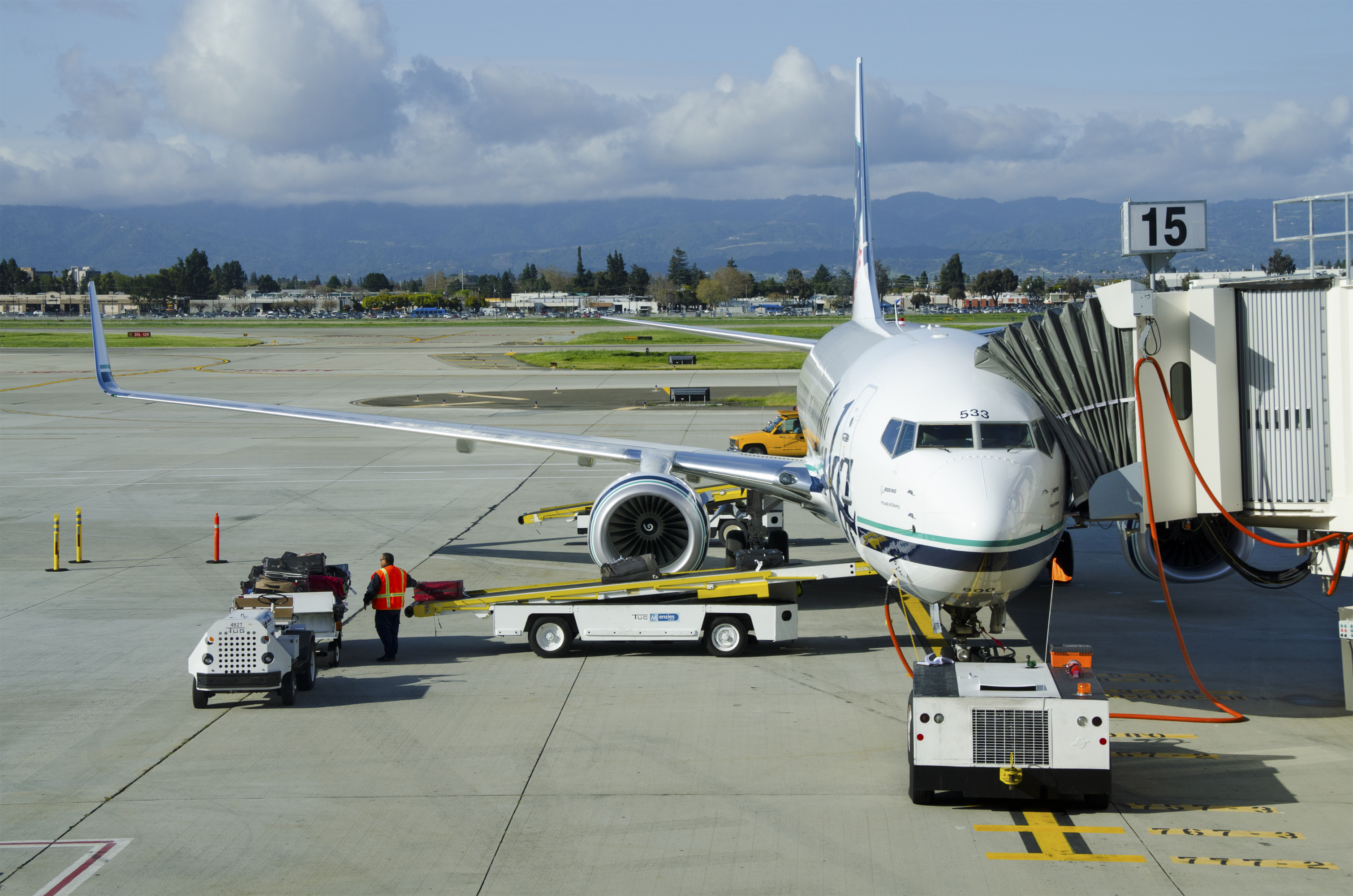
When you drop off a piece of luggage at an airline check-in counter, an agent weighs your bag and threads an airline-issued baggage tag through its handle, sealing both sides of the tag together with a sticky adhesive. Each tag includes the airline code and unique baggage ID number, a three-letter code for your destination airport, and a barcode that stores your flight number, destination, and passenger info.
There’s also what’s known as a “bingo tag,” says Sandhar, “that little barcode sticker that an agent will rip off from your baggage tag and stick directly on your luggage. It’s used as backup, just in case the main tag falls off.”
What happens in an airport’s ‘back-of-house’
Once a piece of luggage arrives within SJC’s behind-the-scenes make-up area, an automatic tag reader will scan its barcode, followed by a series of photo sensors (“SJC has over 800 of them,” says Rangole) that track the bag’s progress. These sensors provide airport personnel with a general idea of where the bag is, what time it arrived within the make-up area, and how long it’s been in the system.
After a bag is scanned, it’s sent along the airport’s system of conveyor belts either left, right, up, down, or center depending on which TSA X-ray scanners are available.
Do checked bags go through security?
Even your checked bags go through a TSA security check. “Each and every piece of checked luggage is then screened, assuring that they’re not carrying any prohibited items,” says Sandhar, like fireworks and lithium batteries (friendly reminder to not leave those new rechargeable headphones in your checked bag). Bags requiring additional manual screening by a TSA agent go in one direction, cleared luggage heads off in another.
(Have you ever arrived at your destination and opened your bag, only to find a note inside saying that your luggage has been inspected? This is the moment in the baggage process where you’ll receive that note.)
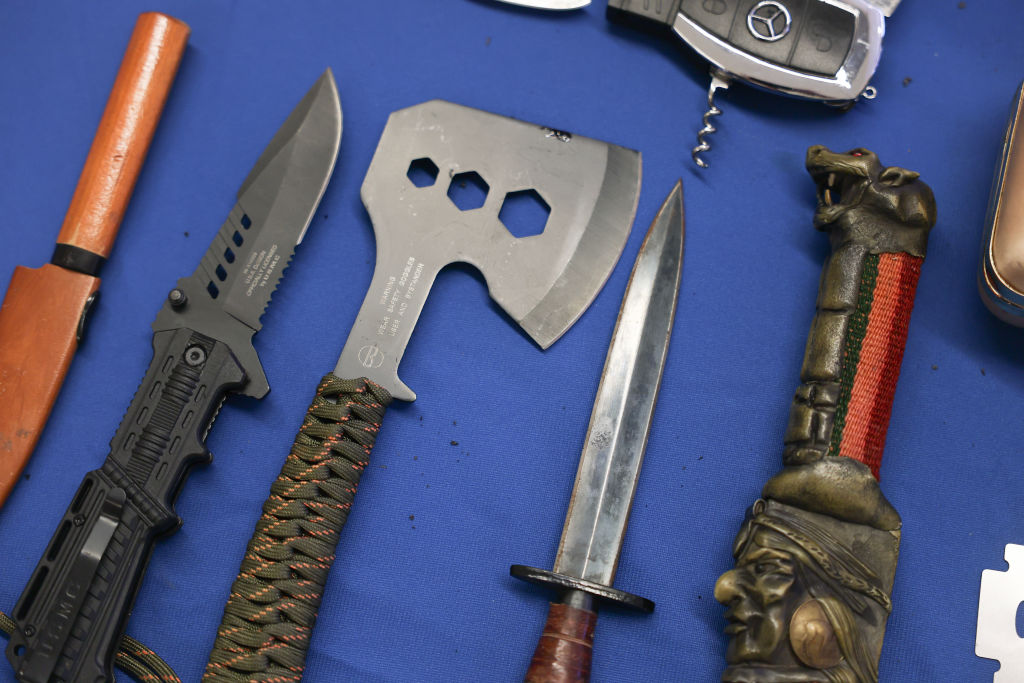
A cleared bag makes its way into the make-up area’s sortation system, where it passes under another barcode reader that identifies the bag’s airline. If it’s Southwest it goes off in one direction, if it’s Alaska it travels to another.
“The entire process takes an average of three-and-a-half-minutes,” says Rangole, “if there aren’t any hiccups.”
The reasons there are ‘cut-off’ times for checking in luggage
Despite the brief amount of time that a bag typically spends in an airport’s make-up area, most airlines have a cut-off time for checking in luggage (typically 45 minutes before domestic flights and longer for international ones). “Once the luggage leaves our system,” says Sandhar, “it still needs to be sorted according to flight, transported over to that flight, loaded onto the plane, and weight and balance calculated.” This latter part refers to the proper distribution of a plane’s overall cargo weight.
If there’s a glitch in the system your bag might get delayed. Say a bag gets stuck on a conveyor belt because of a loose bag strap or a pinched wheel. “An alarm will go off and an airport team member will get to that bag and unjam it as quickly as possible,” says Sandhar.
But don’t worry too much about checking a backpack, which can often have loose bits dangling off from it. “It’s the responsibility of an airline agent to place bags like these in a bin with the straps tucked in [part of baggage hygiene], which should alleviate a majority of the hazard.”
Why do checked bags still get lost?
In 2023 alone, U.S. airports handled more than 470 million checked bags. Approximately two-million of those bags never made it to their destinations.
Lost luggage often occurs when tags fall off and sensors don’t know where to send the bag. Sandhar recommends always removing airline baggage tags, as well as those little bingo stickers, once you’ve left your destination airport. “If you have a lot of tags on your bag you’re going to cause a delay,” he says, “because we might have to do some manual investigation to ensure that it gets to the right place.”
Related Aviation Stories
Of course, there’s also human error. A luggage handler may load a bag onto the wrong flight, or not have enough time to make a transfer if the time between connecting flights is especially limited. “Not every airport baggage make-up area is the same,” says Sandhar. It all depends on their size, traffic volume, budget, and the specific technology they have in place. “While the core purpose remains the same—to group bags for a specific flight—the implementation can range from fully automated systems with robotics to manual sorting areas where staff physically load bins and carts.”
To help assure your bag gets where it needs to go, always check your airline-issued baggage tag to make sure the agent has issued your info correctly. Also, put a name tag on your luggage that includes your name, phone number and country code (if you’re traveling internationally). “An address isn’t necessary,” says Sandhar. “But your name and phone number will pay dividends in the unlikely event that a tag falls off and no airline is able to identify whose luggage it is.”
It also would have made Buzz Lightyear’s quest to recover his friend so much easier.
This story is part of Popular Science’s Ask Us Anything series, where we answer your most outlandish, mind-burning questions, from the ordinary to the off-the-wall. Have something you’ve always wanted to know? Ask us.

